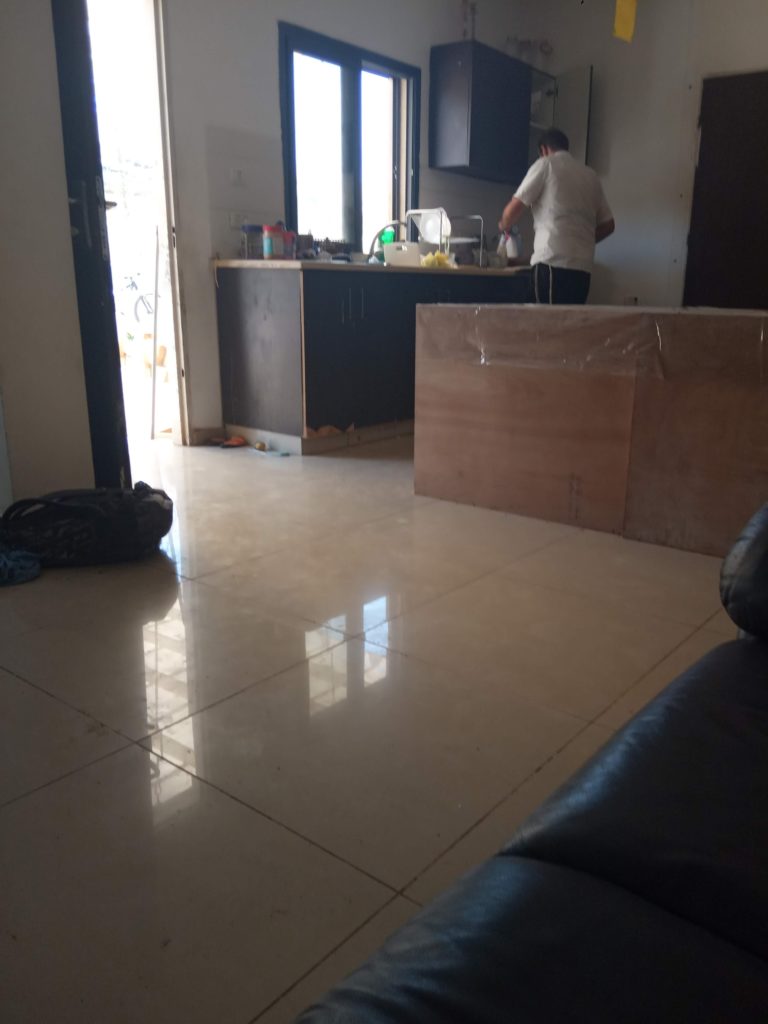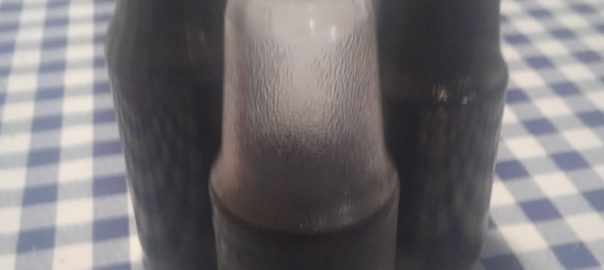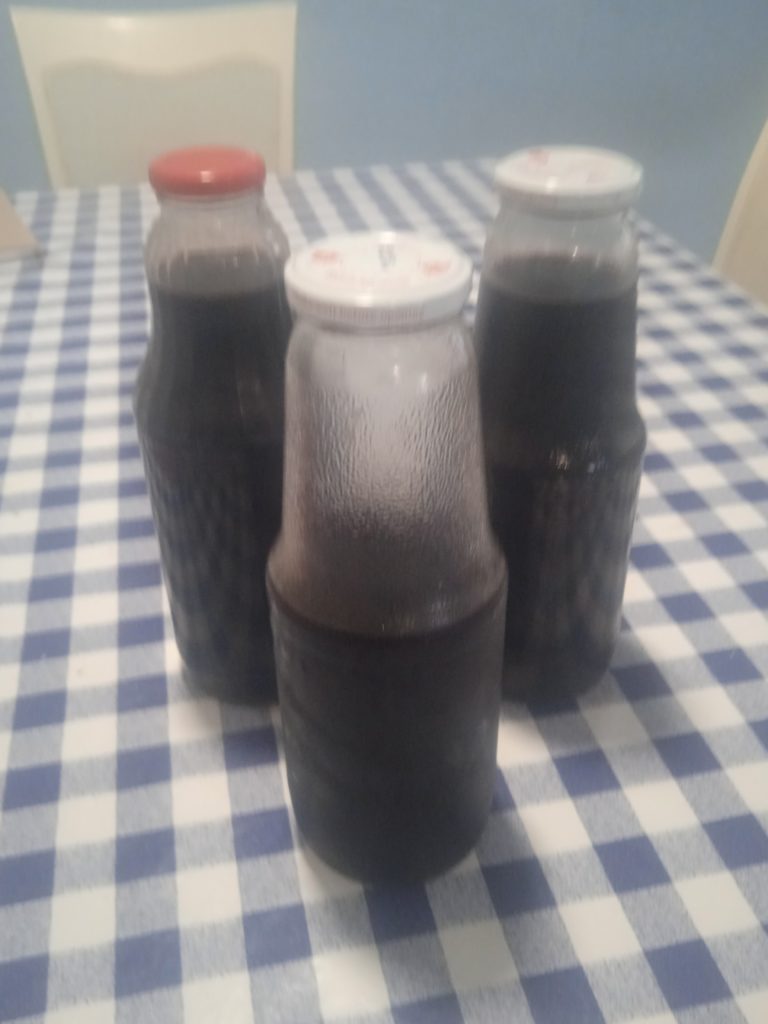After my recent post about shopping the grocery sales, I received the following question.
One thing I find particularly difficult, is that since homes are smaller in Israel, storage options sometimes limit me being able to buy the way you suggest. Do you have any tips regarding that? Each person can obviously do the best they can given the space they have. But if you have any specific creative storage options, I’d love to hear them.
I have to clarify that I’m not suggesting you buy massive quantities of foods that you’d need a basement to store, though I can see how my example from my US days about buying six months of grape juice would lead you to that conclusion. (Even that was just four cases of juice, stacked in the corner of my very small storage spot at the time.)
Now, practically speaking about finding space for your pantry. Since living in Israel, I’ve lived in three homes with four different kitchens. All of them had fairly minimal kitchens when we moved in, though when we renovated each of them, I was conscious of adding as much storage space to the room as possible.
I’ll show you pictures of what I was working with so you understand I’m not talking from an ivory tower kichen space! Here’s a link to my last kitchen’s before pictures. And the first kitchen in Israel that I renovated. And below is a before picture of my current kitchen. The entire kitchen was just the dark brown (half rotted) cabinets in the corner where my son was standing; in the foreground are some of the new cabinets before installation.

Okay, so onto some ideas for how to maximize storage space!
1)Declutter! Go through your cabinets and get rid of things that you rarely use that that are taking up your precious kitchen real estate. I realize it can be hard emotionally to let go of things you have, but going through this process will leave you room for your money saving purchases. Things tend to accumulate, so I do this periodically.
2) Look at places that you don’t use efficiently. For example, I tend to not use the space under my sink efficiently. Actually, the deeper bottom cabinets tend to be areas that don’t maximize space. (For that reason, I put drawers or sliding shelves into all of the kitchens I renovated, to make those hard to reach spaces accessible.) Any space that isn’t well organized can be reorganized and I’m often amazed how much less space things take up when they’re reorganized!
Another example: I noticed one of my bottom cabinets has two shelves but there is room for three, so I asked my husband to put adding a third shelf onto his do list. (I asked him to do the same thing with a bedroom closet – he’s a good sport about putting things on his list and I’m a good sport about waiting until he has a chance to get around to them.:))
3) Your storage space doesn’t have to be in the kitchen. In the first kitchen I linked a picture to, I had a small laundry porch adjoining (it wasn’t more than a meter wide by two meters long). One narrow side had the washer, on the opposite narrow wall I put a plastic shelving unit that had three shelves. When I got more produce than I could fit into the fridge, I stored it right there next to the kitchen, with the cool air from the outside helping to keep it fresh. I did the same thing in my next home, though the porch wasn’t adjoining the kitchen.
Really, there’s no reason you can’t store your well-sealed non-perishable foods in whatever room you want, even in an entirely separate storage area! I’ve needed my bedroom spaces for clothing and my independent storage room was converted to my office, but know it’s an option to carve out non-traditional spaces wherever you can if it’s worth it for you.
4) Only store what gives you the most savings. When shopping, consider your space constraints, and buy accordingly. I generally buy the more compact items that are on sale, not huge packages that I don’t have room for.
You will never find me with more than one extra package of toilet paper at the very most. I don’t care how cheap it is, it just takes up too much space to buy more than I need until the next shopping outing. Similarly, I’m not going to stock up on napkins to save thirty agurot (ten cents) a package. They take up too much space, so I’ll buy enough for a couple weeks and that’s it. But I will buy tuna when it’s 30% off. That’s a big savings and cans/vacuum packs are compact enough to store in a small space.
5) Split big purchases with frugal friends. You don’t have to buy that five kilo bag of beans and store it all yourself! Ask friends if they’re interested in splitting a big purchase. You all get savings and none of you are stuck with huge quantities.
How much you buy when something is on sale will depend on your budget and your space available. Even buying two 1 kg bags of rice instead of one will save you money! And that doesn’t take much more room.
I think this is obvious, but it bears repeating to be on the safe side. Don’t buy something you won’t use, even if it’s a really good price. That’s a waste of your money and your space. This reminder has saved me lots of space! (I remind myself of this when canning as well: I don’t want to store food that isn’t something I’m likely to eat, even if I could get it for free. It would take up space that could be used for things that I really want to have.)
So don’t be deterred about buying more than this week’s items when you find a good sale. When there’s a will, there’s a way, and I’m confident you can find some space to use!
Avivah

